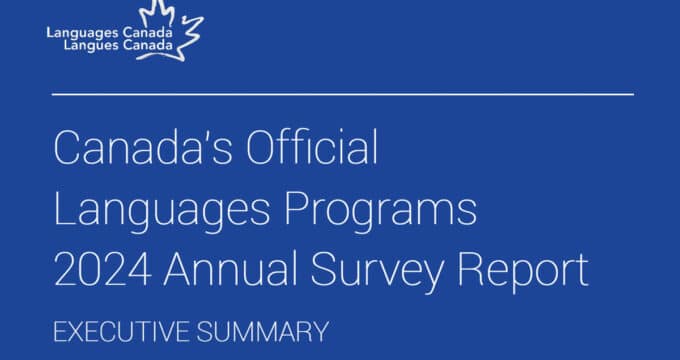New Zealand announces plans to strengthen vocational sector
The New Zealand government has set out proposals to reform the country’s vocational education sector, including plans to consolidate the 16 publicly funded institutes of technology and polytechnics (ITPs) into one new institution to be renamed as the New Zealand Institute of Skills and Technology. The government wants to strengthen the sector and improve on the results it delivers to young people entering the workforce, and is inviting comment on its proposals through an open consultation process that will conclude on 27 March. Some of the key goals of the proposed reforms are to establish better links between vocational and technological skills providers (ITPs) and employers, and to develop programmes that respond better to the needs of local economies and the national economy as a whole. Education Minister Chris Hipkins announced the new direction for this vital sector of New Zealand’s education system last week, and he said that the plan going forward will be to redress a situation in which (1) too many young people are going straight into the workforce with no skills and (2) vocational training and technology institutes are being forced to close or cut back in their operations. Mr Hipkins provided the following context for “a unified, coordinated, national system of vocational education and training”: “The world around us is changing rapidly and our education system needs to keep up. At a time when we’re facing critical skill shortages, too many of our polytechnics and institutes of technology are going broke. The strong labour market is encouraging young people to move directly into the workforce rather than continue in formal education, when it needs to be smarter and accommodate both. And our system isn’t geared up for the future economy, where re-training and up-skilling will be a regular feature of everyone’s working life. Instead of our institutes of technology retrenching, cutting programmes, and closing campuses, we need them to expand their course delivery in more locations around the country. It’s time to reset the whole system and fundamentally rethink the way we view vocational education and training, and how it’s delivered.”
Components of the new strategy
The government’s plan hinges on a goal of increasing collaboration among stakeholders in the country’s vocational sector and introducing more consistency and consolidation of programmes among ITPs. It results from stakeholder consultations that occurred throughout 2018, including with students, trainees, employers, Māori representatives, business and industry groups, local governments, ITP institutes, and peak bodies. Among its proposed reforms, the government intends to:
- Redefine roles for education providers and industry bodies to extend the leadership role of industry and employers;
- Merge the 16 existing ITPs into a single institution with a robust regional network of provision; and
- Establish a unified vocational education funding system.
Addressing the impressive scale of the changes to come, Mr Hipkins explained that, “We cannot continue to tweak the system knowing that the model is fundamentally broken and isn’t delivering our workforce the skills that they need to thrive.”
Domestic numbers down but international up
The latest data reveals that the number of domestic students enrolled in New Zealand’s polytechnics and other vocational institutions fell by 23,190 students from 2011 to 2017. As a result, vocational providers have had to become much more active in building international enrolments. In contrast to the domestic trend, international student numbers in New Zealand’s ITPs grew by 45% from 2011 to 2017 (from 12,595 to 18,275), with India the largest source of students (7,330 in 2017) and China in second place (5,775 in 2017). Philippines and Sri Lanka are next in line, but send much fewer students (890 and 435, respectively). While encouraging the New Zealand public to have their say, Grant McPherson, Chief Executive of Education New Zealand (ENZ), emphasised the importance of international students to the sector as a whole: “Every year more than 18,000 international students choose to study at New Zealand Institutes of Technology and Polytechnics (ITPs) due to the quality of educational experience and career development opportunities they provide. Throughout 2019, we will continue to support ITPs in market, providing global marketing campaigns, events, agent training, market intelligence, agent and media familiarisation tours, lead referrals from the Study in New Zealand website, and other resources. At a regional level, we will continue to support ITPs via ENZ’s Regional Partnership Programme.” For additional background, please see:


















